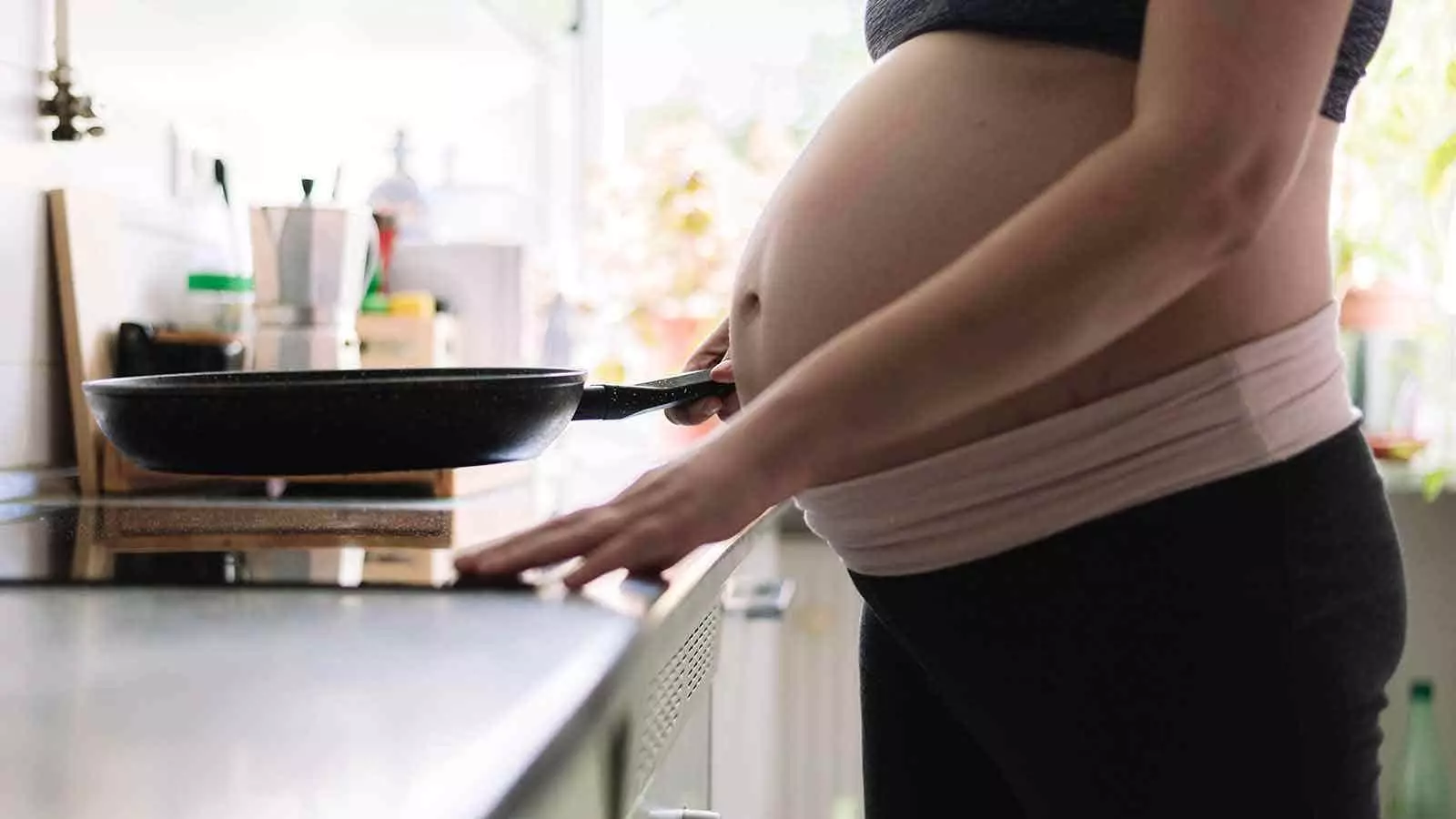Swapping out liquid petroleum (LP) for biomass cooking fuel during pregnancy made little difference for infant growth or pneumonia rates, two analyses of a randomized controlled trial in low-resource settings revealed. The cooking fuel intervention successfully reduced exposure to household air pollution as measured by fine particles with an aerodynamic diameter of ≤2.5 μm (PM2.5) compared with continued use of wood, charcoal, or other biomass fuel for cooking, reported Eric McCollum, MD, MPH, of Johns Hopkins University in Baltimore, and co-authors. However, severe infant pneumonia incidence in the first year of life was similar at 5.67 and 6.06 cases per 100 child-years, respectively, with the cooking fuel intervention versus controls (incidence rate ratio 0.96, P=0.81), according to their analysis of the HAPIN trial published in the New England Journal of Medicine.
Stunting likewise did not significantly differ between the cohorts, occurring in 27.4% of the infants in intervention group households and 25.2% in the control group (RR 1.10, P=0.12), reported William Checkley, MD, PhD, of Johns Hopkins University, and co-authors in an accompanying paper regarding data from the trial. Most childhood pneumonia deaths occur in low- and middle-income countries where biomass fuel is commonly used, and about 30% of those deaths are attributed to indoor air pollution. Household air pollution exposure in childhood is also linked to stunted growth, defined as being more than two standard deviations below the median height or length for age and sex. While there weren’t any serious adverse events related to the intervention, it just might not have been enough to make a difference on those outcomes, the researchers suggested. Checkley’s group noted that interventions “may have needed to begin earlier during pregnancy or before conception in order to be effective.”
Insufficient Impact of LPG Stoves
They also explain that swapping out biomass for an unvented liquefied petroleum gas (LPG) stove may not have been “clean enough.”Despite substantial reductions in personal exposures to fine particulate matter in the intervention group, “the measured exposures were still higher than the value recommended by the WHO annual guidelines (5 μg per cubic meter),” they wrote. Marc Jeuland, PhD, of the Duke Global Health Institute in Durham, North Carolina, echoed the idea that intervention methods may not have been “clean” enough in commenting on the trial findings. While the gas stove itself “is actually quite clean,” he pointed to “the entire cooking ecosystem that stove is in.”For example, the intervention wouldn’t have influenced exposure to other pollution sources (ambient and within the household), he added in an email to MedPage Today. Also, “behavioral adjustments such as spending more time in close proximity to a cleaner stove may negate some of its expected benefits, average exposures may be less relevant than peak exposures, which also have to do with other household sources, etc.,” he said.
Complexity of the Problem
Joel Kaufman, MD, MPH, of the University of Washington in Seattle and a member of the study’s advisory committee, told MedPage Today that the lack of impact seen in the two studies indicates that “the problem is more complicated than was previously thought.”He explained that, while the trial was able to isolate household pollution from stoves without changing other factors, there may be other “economic quality-of-life issues” impacting exposures. “There had been previous studies that had also not shown a strong effect of changing stoves on pneumonia in children, but the approach, in that case, had been to replace biomass cooking stoves with cleaner biomass cooking stoves — ones that were better ventilated, that burned cleaner,” he said. “And they did reduce exposures, but it had been argued that it just wasn’t enough to see the difference.”
Jeuland said the solution will require “technology, policy, and behavioral interventions tied together.”Other potential factors behind the trial’s failure to impact outcomes could have been vaccination against Haemophilus influenzae type B and Streptococcus pneumoniae (pneumococcus), pandemic protection measures, lower personal exposure to fine particulate matter, and timing of the intervention.
About the HAPIN Trial
The HAPIN trial included 3,061 pregnant women ages 18-34 who remained eligible following randomization and had a live singleton birth. The trial was conducted in one district in Jalapa, Guatemala; two districts in Tamil Nadu, India; six provinces in Puno, Peru; and one district in Kayonza, Rwanda. Randomization was stratified by location. Participants were randomized to either cook with LPG stoves and fuel as part of the intervention or to continue cooking with biomass fuel as part of the control group. Participants in the intervention group were given their LPG stoves during their second trimester, at an average of 18.1 weeks’ gestation. Participants were also provided with continuous free fuel delivery during the course of the trial, which lasted through pregnancy and the first year of the infant’s life.
Despite efforts to reduce household air pollution through the use of biomass cooking fuel, the HAPIN trial did not show significant improvements in infant growth or pneumonia rates. The intervention, while successful in reducing exposure to fine particulate matter, may not have been “clean enough” to make a substantial difference in outcomes. The complexity of the problem, including economic factors and other sources of pollution, highlights the need for a multi-faceted solution that combines technology, policy, and behavioral interventions. Further research is needed to understand the underlying factors that contribute to the persistence of indoor air pollution-related health issues in low-resource settings, and to develop more effective strategies for reducing exposure and improving health outcomes for vulnerable populations.

Leave a Reply